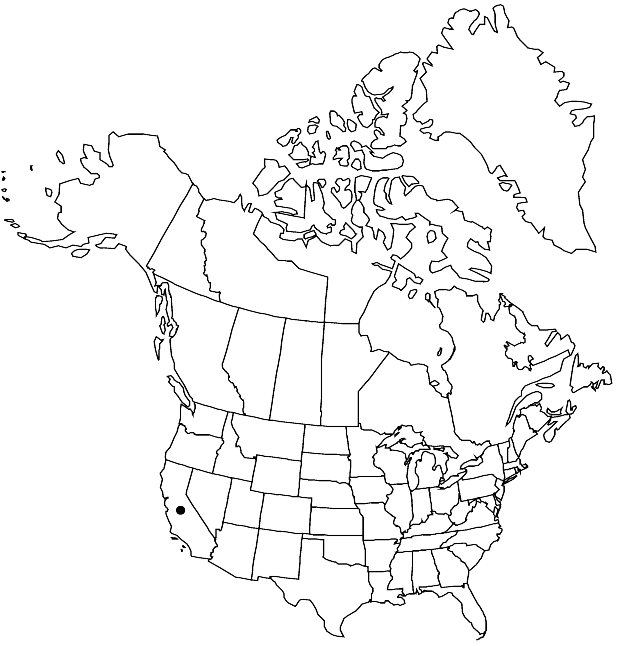Thelypodium stenopetalum
Proc. Amer. Acad. Arts 22: 468. 1887.
Biennials; glaucous, glabrous (except petioles). Stems (often decumbent), branched basally, sometimes also distally, (2.6–)3–8(–9) dm. Basal leaves: petiole 1–4.5(–6) cm, ciliate; blade often oblong or lanceolate, sometimes ovate to spatulate, 3.8–15(–18) cm × 15–35(–42) mm, margins usually entire, rarely repand. Cauline leaves (ascending); sessile; blade usually lanceolate to oblong, rarely linear to linear-lanceolate, (1.3–)1.6–4.8(–6) cm × (3–)5–9(–15) mm, (base usually amplexicaul to sagittate, rarely auriculate), margins entire. Racemes lax, elongated in fruit, (flower buds oblong-linear). Fruiting pedicels usually ascending to divaricate-ascending, rarely horizontal or divaricate, usually straight, rarely slightly incurved, stout, (3.5–)4–8 mm, not flattened at base. Flowers: sepals erect, linear to linear-oblong, (6–)6.5–9(–10) × 1–1.5(–1.8) mm; petals usually lavender, rarely white, linear, (8–)9.5–15(–16.5) × 0.3–0.5(–0.8) mm, margins crisped between blade and claw, claw differentiated from blade, [slender, 4–6.5(–8.5) mm, narrowest at base]; nectar glands confluent, subtending bases of stamens; filaments slightly tetradynamous, median pairs (7–)8–12.5(–14) mm, lateral pair (5.5–)7–11(–12) mm; anthers exserted, linear to narrowly oblong, 3.5–5(–6) mm, circinately coiled; gynophore stout, 0.5–3.5(–5) mm. Fruits usually divaricate-ascending to ascending, rarely divaricate, slightly torulose, straight or slightly incurved, terete or slightly 4-angled, (2.2–)2.8–5(–6.3) cm × 1–1.5(–1.8) mm; ovules 50–82 per ovary; style cylindrical, 1–2(–2.5) mm. Seeds 1–1.3(–1.5) × 0.7–0.8 mm.
Phenology: Flowering May–Aug.
Habitat: Alkaline meadows and flats
Elevation: 1900-2100 m
Distribution

Calif.
Discussion
Of conservation concern.
Thelypodium stenopetalum is known from Bear Valley, San Bernardino County.
Selected References
None.